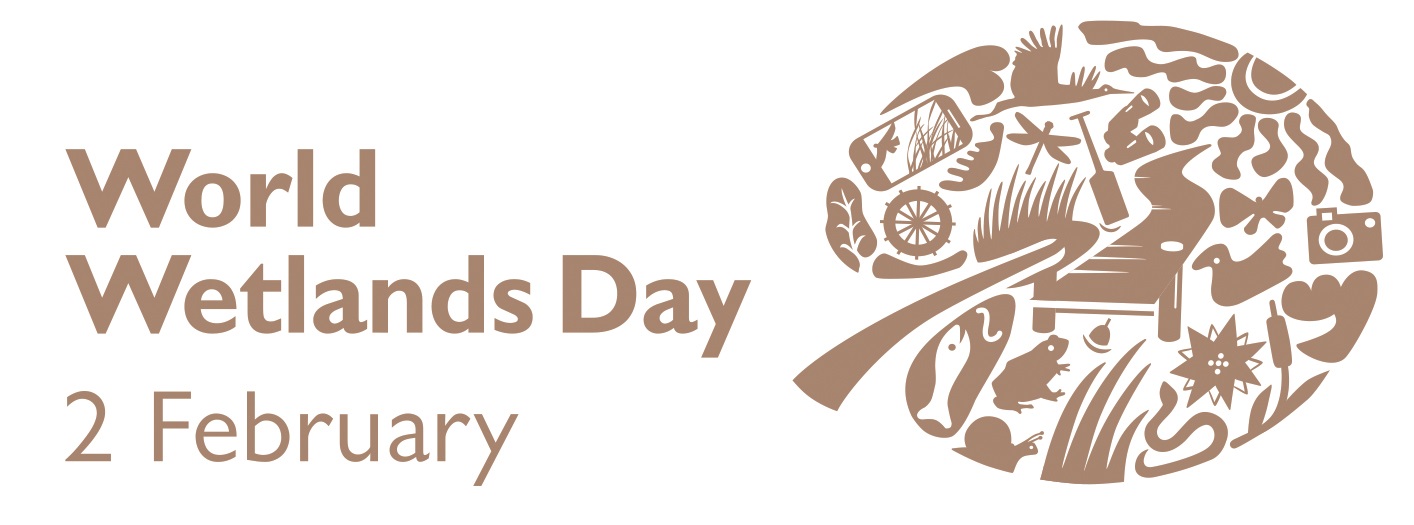World Wetlands Day 2025
World Wetlands Day is observed on February 2 each year. This day aims to raise awareness about the importance of wetlands. Recently, the theme was Protecting Wetlands for Our Common Future. India added four new Ramsar sites, denoting its commitment to wetland conservation. These sites include Udhwa Lake in Jharkhand, Theerthangal and Sakkarakottai in Tamil Nadu, and Khecheopalri in Sikkim.
What Are Wetlands?
- Wetlands are areas where water covers the soil, either permanently or seasonally.
- They include marshes, swamps, and lakes. Wetlands are crucial for biodiversity.
- They provide habitats for many species, including migratory birds and aquatic life.
- Wetlands also aid in water conservation. They recharge groundwater and control floods.
- Additionally, they support local fisheries and communities. Wetlands act as carbon sinks, absorbing more carbon than they release.
Ramsar Convention and Its Importance
The Ramsar Convention was established in 1971 in Ramsar, Iran. It is an international treaty focused on conserving wetlands. The convention defines wetlands broadly. It includes natural and artificial areas with various water types. Ramsar sites receive international recognition for their ecological significance. They are protected to ensure biodiversity and ecosystem health.
Significant Wetlands in India
India has 89 Ramsar sites. Tamil Nadu has the highest number, with 20 sites. Punjab is home to six major wetlands, including Harike Pattan, the largest in North India. Harike Wetlands support many migratory birds, such as the Siberian crane. Other important wetlands include Kanjli, Ropar, and Nangal. These wetlands host various wildlife, including fish, turtles, and birds.
Decline of Migratory Birds in Punjab
Recent surveys indicate a decline in migratory bird populations in Punjab. The 2023-24 bird census reported a 13.7% decrease in bird numbers across six protected wetlands. Kanjli Wetland experienced the most drop, with numbers falling nearly 49.49% over two years. Despite this, the variety of bird species visiting these sites increased slightly.
Threats to Wetlands
Wetlands face numerous threats, primarily from human activities. Industrial waste from factories contaminates water bodies. Illegal sand mining disrupts water retention and aquatic ecosystems. Agricultural practices, such as pesticide use, negatively impact wildlife. Climate change also poses threat, leading to rising temperatures and altered weather patterns.
Conservation Measures
To protect wetlands, several measures are recommended. Afforestation with native tree species helps restore ecosystems. Soil conservation practices can improve land health. Strict regulations against illegal mining are necessary. Public awareness campaigns are also vital for conservation efforts. Engaging local communities in protection initiatives can enhance the sustainability of wetlands.
Month: Current Affairs - February, 2025
Category: Environment Current Affairs







